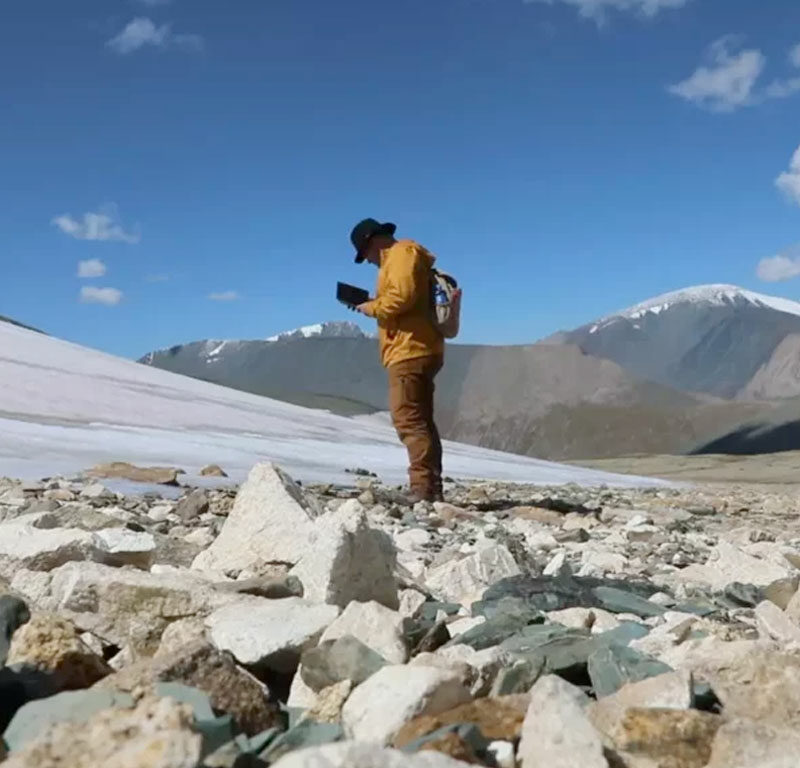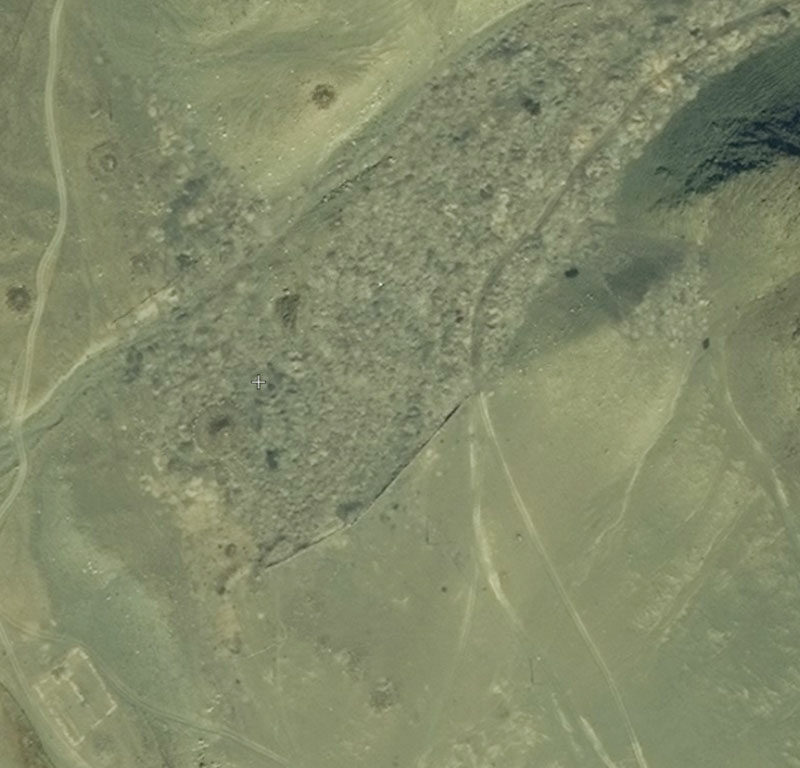Threats to archaeological sites in Mongolia
Mongolia opened its doors to the western world after the collapse of the socialist state, and began collaborating with international scholars on cultural heritage research to form new perspectives. Over the past two decades, this has resulted in a series of marquis discoveries and major data collection efforts.
However, economic collapse, the rapid expansion of legal and illegal mining, limited access to cultural heritage information, and a loss of control over immovable heritage threaten Mongolia’s archaeological sites and sense of its own history. Furthermore, climate change, especially global warming, severely impacts both archaeological heritage and traditional nomadic lifeways.

Looting of antiquities

Shifting local environmental conditions

Climate change and thawing permafrost

Modern expansion of habitation, mining, and refuse sites
The location of archaeological sites and features in permafrost regions, on present-day flood plains, directly under bodies of water, in areas affected by solifluction, or in erosion channels resulting from seasonal precipitation and meltware, indicates the ongoing alterations to the local palaeohydrology and overall climate. Furthermore, the documentation of such environmental elements is of particular importance to assess the threat to heritage resources and to evaluate the actions to be taken in order to ensure their long-term preservation. Organic archaeological remains preserved in the large glacier mountains and permafrost regions will become especially at risk in the coming years.


